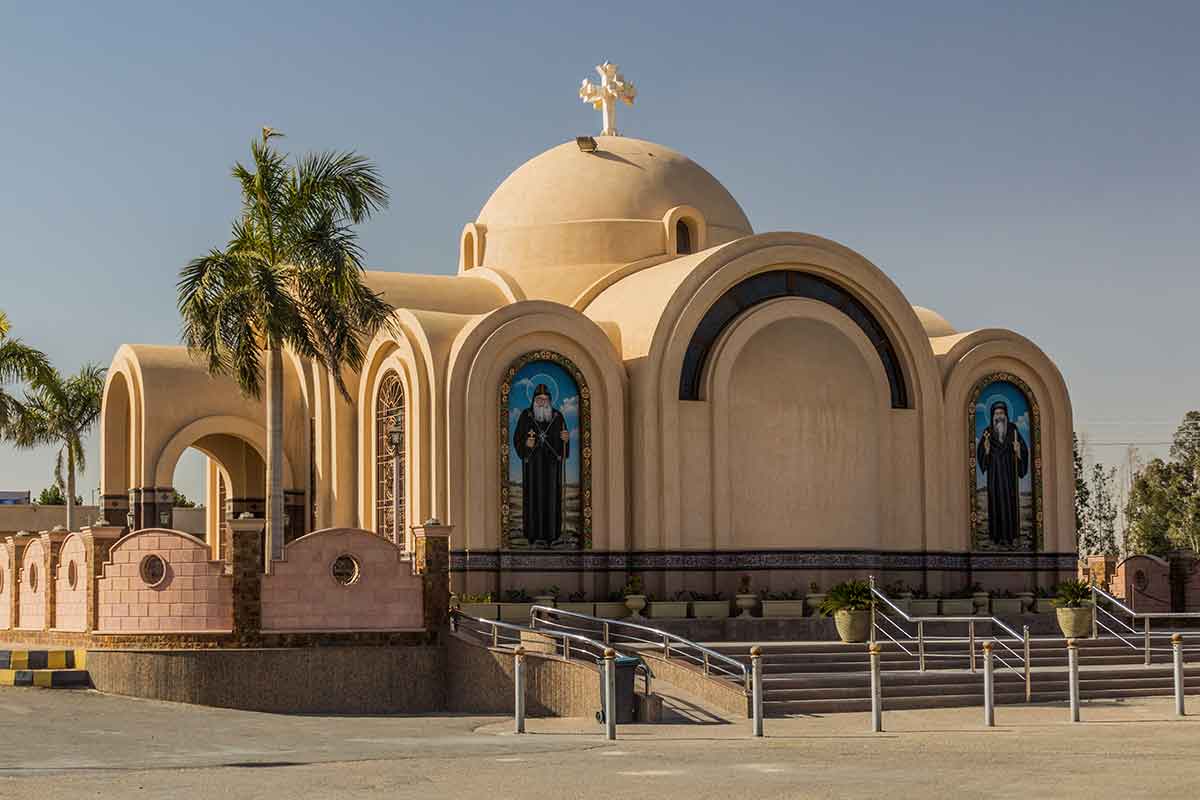Wadi El Natrun
1.Location and Geography

Wadi El Natrun is a basin in northern Egypt, as it is situated 23 meters below sea level as well as 38 meters below the level of the Nile River. It is set in the Nitrian Desert, which occupies the north western part of the Nile Delta. The depression measures roughly from about 55 to 60 kilometers in length and is an average of 10 kilometers in width. Although it has a local name meaning stream bed/wadi, it is actually a closed depression as it has no inlet, outlet or branches.
2.Historical Significance

In most of the Christian literature Wadi El Natrun is referred to as Scetis (Σκήτις in Hellenistic Greek) or Skete, which is the plural form Σκήτες in ecclesiastical greek. It is one of the three earliest known Christian monasticism established in the Nitrian desert along Nitria and Kellia. In contrast to Nitria and Kellia, Scetis (was later wadi natron) is known the most in modern times because its ancient monasteries still operate to this day.
3.Monasteries and Fossils

Wadi El Natrun contains four currently active Coptic monasteries.
4.These include

Monastery of the Romans, Anba Beshoy Monastery, Monastery of the Syrians, Monastery of St. Macarius . The attention of the tourists and the researchers from various parts of the world is also drawn to the region due to its historical, cultural and natural importance. This region is famous for the remains of prehistoric animals buried in it.
5.Access and Exploration

Wadi El Natrun can be found approximately 100 kilometers northwest of the Egyptian capital city, Cairo. This region can be reached by motor vehicles or through turning up for organized visits. The hot desert climate with long summer and short winter seasons in the valley is also conducive for the viewing of aged monastery structures and other organic structures. To sum up, Wadi El Natrun is a one of a kind valley whose history intertwines spirituality, culture and nature – located at the heart of Sahara desert in Egypt.
 English
English





















